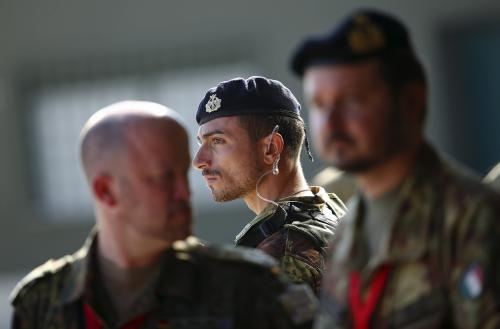INTRODUCTION:
Local allies are central to counterinsurgency campaigns, but their role is not well understood beyond the provision of general political support and access to local knowledge. This paper examines the organization of local allies into paramilitary groups within the context of the three-step recruit-withdraw-renegotiate strategy adopted by counterinsurgents. After describing the model, I use four brief case studies of Iraq, Algeria, the Indian Punjab, and Colombia to illustrate the general process. I conclude with a section laying out general principles of paramilitary management.
Recruit, Withdraw, Renegotiate
Military invasions seldom produce lasting victory against insurgencies, but they create the opportunity for identifying potential local allies. It is not important who the ally is so long as the insurgents come to see them as the collaborators and an irreconcilable enemy; the government could distribute low-grade weapons generally to see who resisted and who passed the weapon to the other side. Since the thing the government lacks most is information, this is a way to discover who’s who. The organizing and arming of groups outside the government creates a direct challenge to the rebels who are trying to impose their own order. The better organized and better armed these groups are, that is, the more robust the paramilitary formation, the greater the challenge the rebels perceive. A civil war ensues during which the government withdraws from the conflict. The extent and duration of the withdrawal depends on the specific conditions of the cases, but the intent to let the local competition play itself out.
If the paramilitaries do a good job and the rebels are losing, the counterinsurgents offer the insurgents a peace deal. If the deal is taken, the government moves to disarm, demobilize, or disengage the paramilitaries from the conflict. The government can bribe them, absorb them into the regular police or the military, and if everything fails physically disarm the groups.


